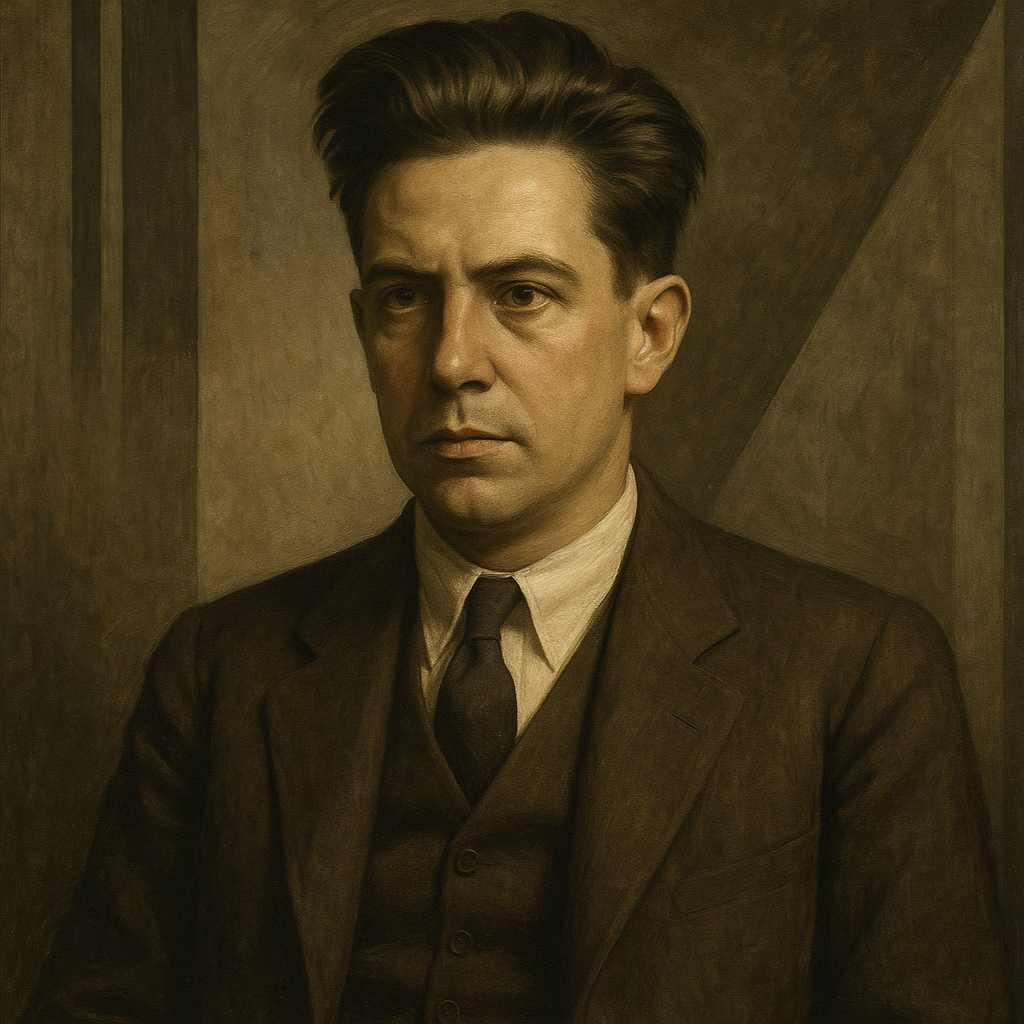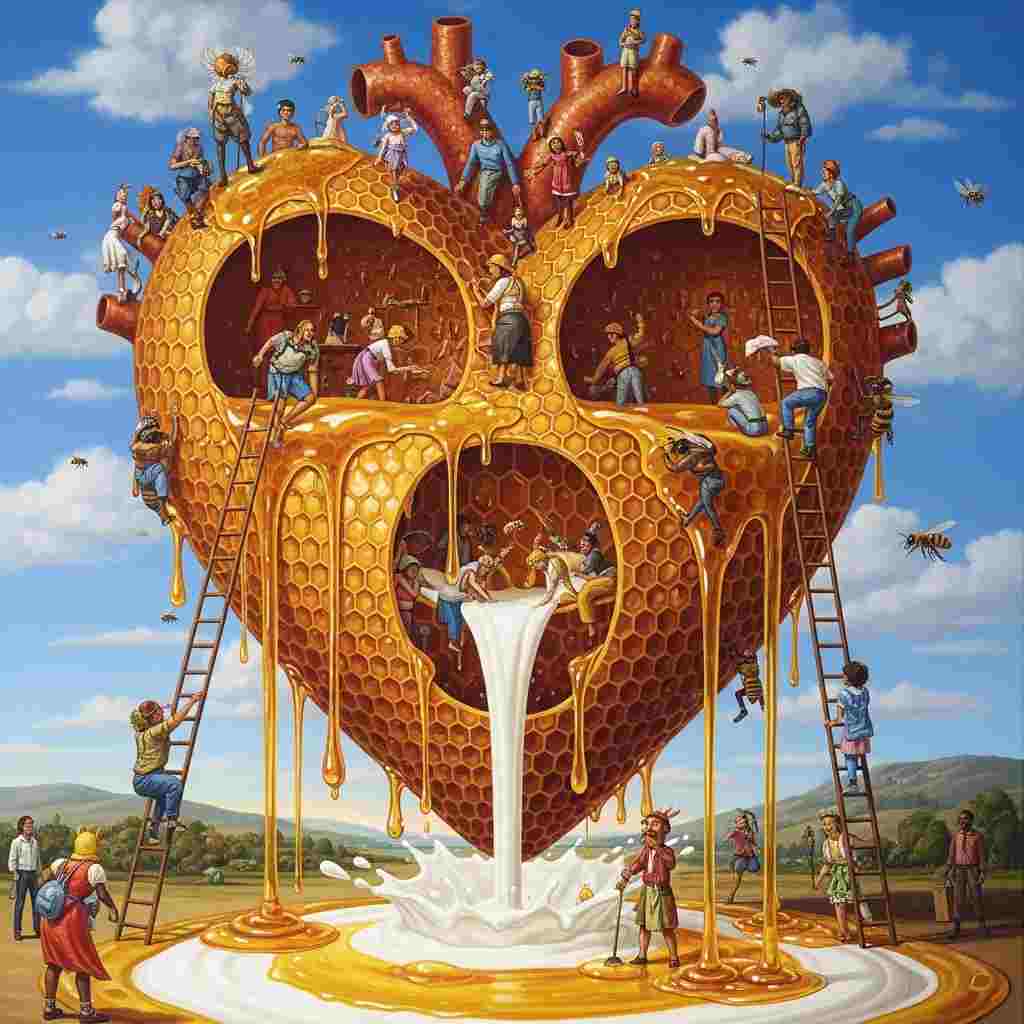4 Poems by Hart Crane
1899 - 1932
Hart Crane Biography
Hart Crane was an American poet born on July 21, 1899, in Garrettsville, Ohio. His full name was Harold Hart Crane, though he preferred to go by his middle name. Crane was born into a tumultuous family environment, with his parents, Clarence Arthur Crane and Grace Hart Crane, having a troubled marriage that eventually ended in divorce when Hart was still a child.
Crane's early life was marked by frequent moves and instability. His father was a successful businessman who invented and marketed Life Savers candy, while his mother struggled with mental health issues. This unstable home life had a profound impact on Crane's emotional development and would later influence his poetry.
Despite his troubled upbringing, Crane showed an early aptitude for literature and began writing poetry in his teenage years. He dropped out of high school and moved to New York City in 1916, where he immersed himself in the literary and artistic circles of the time. Crane worked various jobs to support himself, including as an advertising copywriter, while continuing to develop his poetic craft.
Crane's poetry was heavily influenced by the Modernist movement, particularly the works of T.S. Eliot. However, he sought to create a more optimistic and affirmative vision than Eliot's often bleak outlook. Crane was also deeply inspired by Walt Whitman and sought to create a uniquely American form of Modernist poetry.
His first major work, "White Buildings," was published in 1926 and received critical acclaim. This collection included some of his most famous poems, such as "For the Marriage of Faustus and Helen" and "Voyages," a series of love poems that are considered among his finest work.
Crane's magnum opus, "The Bridge," was published in 1930. This long poem, structured in 15 parts, used the Brooklyn Bridge as a central metaphor to explore American history and culture. While initially met with mixed reviews, "The Bridge" has since been recognized as a landmark work of American Modernist poetry.
Throughout his life, Crane struggled with alcoholism and depression. He was also conflicted about his homosexuality, which was stigmatized in the society of his time. These personal struggles often found their way into his poetry, which is known for its dense, allusive style and complex imagery.
In 1931, Crane received a Guggenheim Fellowship and traveled to Mexico to work on a new epic poem. However, his personal troubles continued to escalate. On April 27, 1932, while returning from Mexico to New York by steamship, Crane jumped overboard into the Gulf of Mexico. His body was never recovered. He was only 32 years old.
Despite his short life, Hart Crane left a lasting impact on American poetry. His work bridged the gap between 19th-century Romanticism and 20th-century Modernism, and his influence can be seen in the works of later poets such as John Berryman and Robert Lowell. Crane's poetry is celebrated for its linguistic innovation, its exploration of American themes and mythology, and its ambitious attempt to create a new form of epic poetry for the modern age.
In the years since his death, Crane's reputation has grown significantly. His complete poems were published posthumously in 1933, and numerous critical studies have explored his life and work. Today, Hart Crane is recognized as one of the most important American poets of the 20th century, whose work continues to be studied, debated, and admired for its complexity, ambition, and lyrical power.
This text was generated by AI and is for reference only. Learn more
Username Information
No username is open
Everything is free to use, but donations are always appreciated.
Quick Links
© 2024-2025 R.I.Chalmers (V2Melody).

All music on this site by R.I.Chalmers (V2Melody) is licensed under a Creative Commons Attribution-NonCommercial 4.0 International License.
Attribution Requirement:
When using this music, you must give appropriate credit by including the following statement (or equivalent) wherever the music is used or credited:
"Music by R.I.Chalmers (V2Melody) – https://v2melody.com"
Support My Work:
If you enjoy this music and would like to support future creations, your thanks are always welcome but never required.
Thanks!





